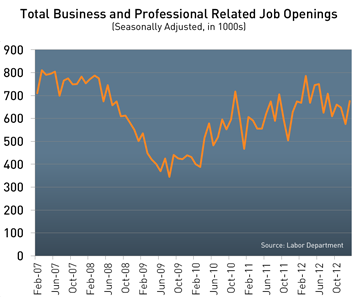Here is a list of job candidate red flags.
- Didn't submit a current resume.
- Will only discuss duties and responsibilities, not achievements.
- Does not provide relevant references upon request.
- Will not provide salary information.
- Has unrealistic salary expectations.
- Will not sign a consent to release background information.
- Is unrealistic about expectations for the next opportunity.
- Will not call back at designated times.
- ‘Disappears’ for a period of time.
- Is currently unemployed.
- Has been unemployed for long periods.
- Has made rapid job changes.
- Changes not just from job to job, but title to title, or industry to industry.
- Gives no specifics on reasons for leaving.
- Suddenly wants to move far from an area that has been home for many years
- Has a consistent reason for leaving – has a ‘pattern.’
- Appears to make poor/illogical career moves.
- Has weak references.
- Has low educational qualifications as compared to the norm.
- Will only provide dates of employment in years.
- Becomes angry when asked a specific, legitimate question.
- Changes tone/presentation during the interview.
- Is hesitant to respond to your questions.
- Does not respond consistently to interview questions.
- Has no idea of his or her next career step.
- Suddenly brings up family/personal issues that would prevent accepting an offer.
- Resume shows no progressive growth or mobility.
- You feel you have to be ‘nice’ to candidate to get a response or to receive paperwork.
- Once offer is made, keeps trying to negotiate more and more changes.
Let us know if you have any to add or comments.
Carl Guthrie is a Dental Recruiter with ETS Dental. He covers the Western U.S. Region. Carl can be reached at cguthrie@etsdental.com.


